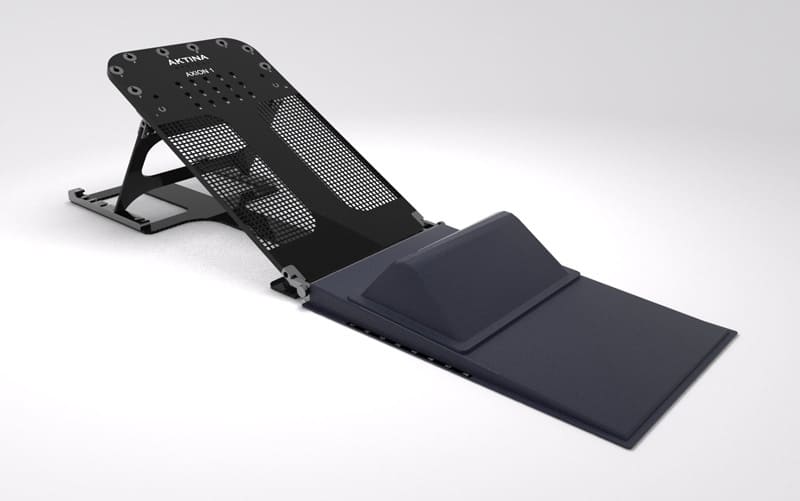Importance of carbon fiber applications in the medical field
As an advanced material with excellent performance, carbon fiber has also begun to emerge in the medical device industry with its excellent strength, extreme lightness and wide versatility. This article will explore its applications and advantages in medical devices to help medical practitioners better understand this high-tech material.
1.Characteristics of carbon fiber
1)Extraordinary strength and durability
Known for its high tensile strength, it is able to withstand tremendous pressure without breaking. This feature makes it ideal for medical applications where device ruggedness is a must. For example, in surgical instruments and orthopedic implants, the high strength of carbon fiber ensures the stability and reliability of the device during use.
2)The ultimate lightweight advantage
One of the most significant advantages is its light weight. Much lighter than metals like steel and titanium. This is crucial in applications such as prosthetics, surgical instruments, and mobility assistive devices, which can reduce the burden on patients and improve the portability and operability of the equipment.
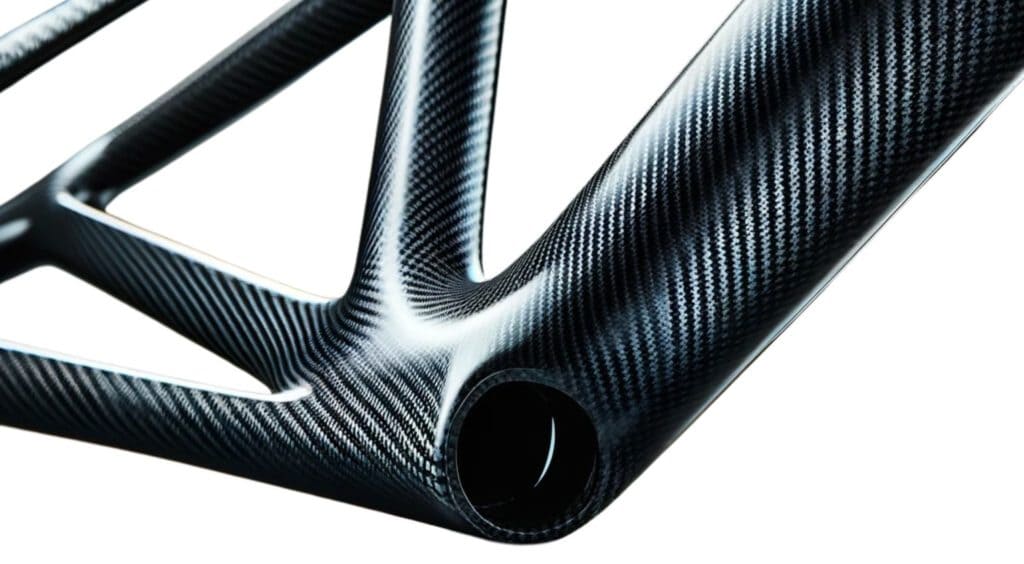
3)Excellent biocompatibility
Carbon fiber has good biocompatibility and can safely come into contact with the human body without causing adverse reactions. This is a crucial feature for medical devices such as implants and prosthetics that require long-term contact with the human body.
4)Unique radiolucency
Carbon fiber does not interfere with imaging techniques such as X-rays, CT scans and MRIs and is radiolucent. This makes it widely used in imaging equipment and surgical tool components, ensuring clear and accurate imaging and providing strong support for doctors’ diagnosis and postoperative monitoring.
5)Excellent corrosion resistance
Unlike metal, carbon fiber does not corrode. This greatly increases the service life and reliability of medical equipment made from it, and reduces the cost of equipment maintenance and replacement.
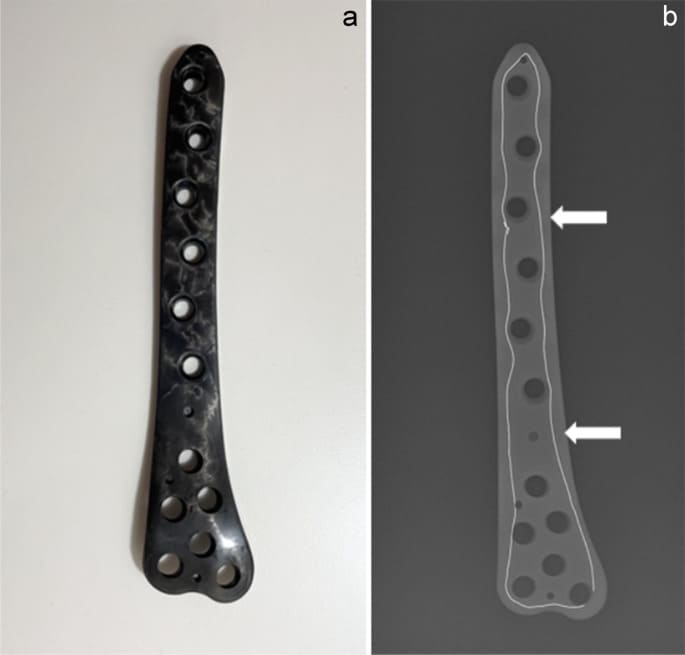
2.Carbon fiber applications: in medical devices
1)Surgical instruments
Carbon fiber’s strength and lightweight properties make it an excellent material for surgical instruments. Surgeons using these surgical instruments can operate more precisely and reduce fatigue, thereby improving overall surgical outcomes.
2)Orthopedic implants
In orthopedic surgery, carbon fiber applications are used to create durable and lightweight implants. These implants, including plates, rods, and screws, provide the necessary support and stability for bone healing while being less invasive than traditional metal implants.
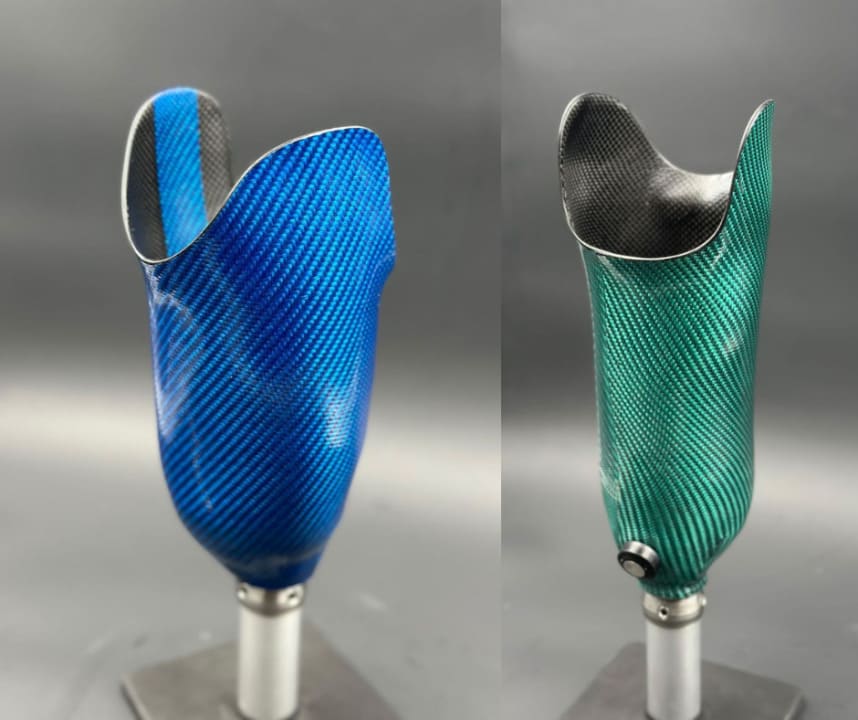
3)Prosthetic field
Carbon fiber prosthetics are strong yet lightweight, providing users with greater mobility and comfort. Its flexibility and strength closely mimic the natural movement of the limb, significantly improving the quality of life for amputees.
4)Medical imaging equipment
In medical imaging equipment, carbon fiber applications are hospital beds for imaging devices such as CT scanners and MRI machines. Its radiolucent nature ensures that it does not interfere with the imaging process, thus providing clear and accurate results. The hospital bed is lightweight, making it easy to position and adjust during the imaging process.
5)Wheelchairs and mobility aids
Wheelchairs and other mobility aids rely on the lightweight nature of carbon fiber to provide users with a durable yet lightweight solution that improves mobility and ease of use.
6)Orthopedic braces
Orthopedic braces and braces made from carbon fiber are not only lightweight and comfortable, but also provide excellent support. They are used to treat and manage a variety of musculoskeletal conditions, providing patients with stability and pain relief without adding unnecessary weight.
7)Surgical robot
In the field of robotic surgery, it is used to manufacture robotic arms and other key components. Its rigidity and lightweight properties improve the precision and control of surgical robots, making minimally invasive surgery possible and improving surgical results.
3.Carbon fiber applications: Advantages in medical devices
1)Significantly enhanced performance
The strength and lightweight properties of carbon fiber can enhance the performance of medical devices. Surgeons and medical professionals can work more accurately and efficiently, improving patient outcomes.
2)Improve patient comfort
Equipment made of carbon fiber is lightweight and more comfortable for patients to use, reducing their physical burden and improving their overall quality of life.
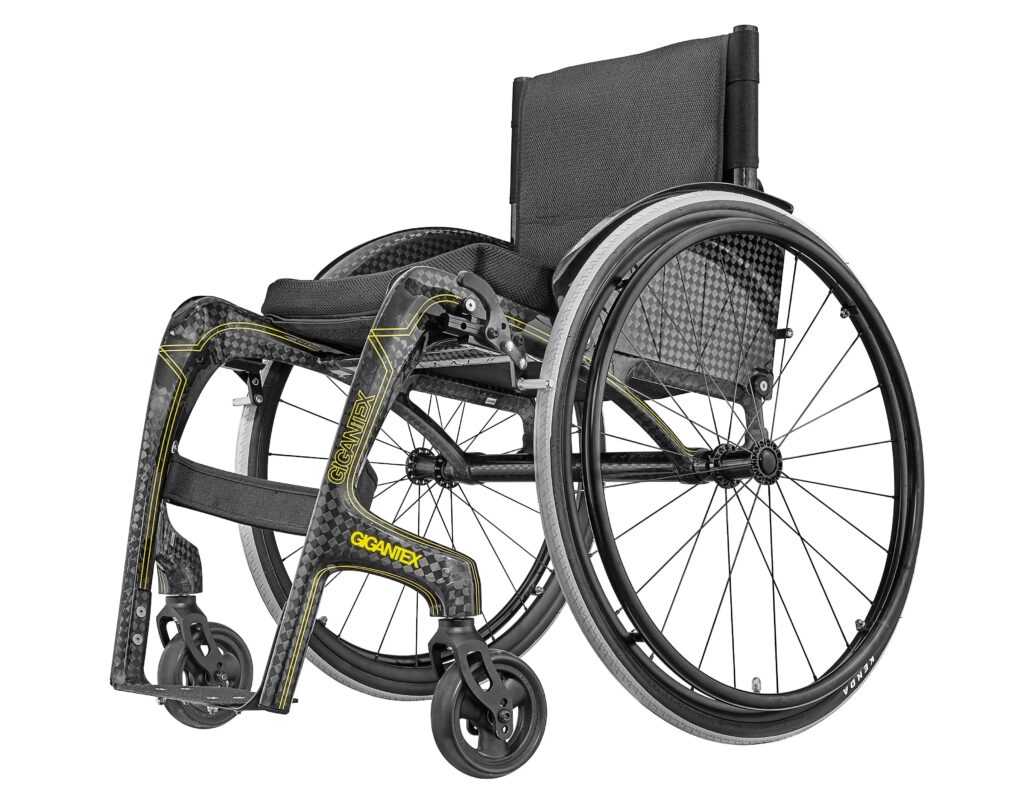
3)Excellent lifespan and durability
Corrosion and wear resistance ensure a longer service life of medical equipment. This means healthcare providers and patients can save costs because equipment needs to be replaced less frequently.
4)Improve imaging effects
The radiolucency of carbon fiber enables clear and accurate medical imaging. This is critical for diagnosis and postoperative monitoring, eliminating the risk of imaging artifacts caused by metallic parts.
5)Highly customized
Carbon fiber can be molded into complex designs, enabling medical devices to be customized to a patient’s individual needs. This level of customization enhances the fit and functionality of the device, improving patient outcomes.
6)Reduce surgical fatigue
Carbon fiber surgical instruments are lightweight and reduce physical stress on surgeons during lengthy procedures. Reduced fatigue improves surgical accuracy and reduces the risk of errors.
7)Has aesthetic advantages
Prosthetics and mobility aids made from carbon fiber not only perform well, but they also look great, boosting users’ confidence and self-esteem.
4.Future Development
As technology continues to advance, the use of carbon fiber in medical devices is expected to continue to grow. Research and development will focus on enhancing the performance of materials and finding new applications in the medical field. Innovations such as biocompatible carbon fiber composites and new manufacturing technologies are on the horizon, promising greater benefits. Combinations with other advanced materials and technologies, such as nanotechnology and smart materials, may drive the development of next-generation medical devices. These advances have the potential to revolutionize healthcare, providing more effective, durable, and patient-friendly solutions.
Ending
Carbon fiber is changing the medical device industry with its unique properties. Carbon fiber applications range from surgical instruments to prostheses, from imaging equipment to mobility aids, and it has shown great potential in various fields. As research and development continue to deepen, we have reason to believe that it will continue to bring more innovation and change to the medical field, providing patients with better quality and more efficient medical solutions.
